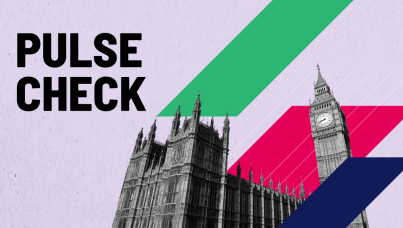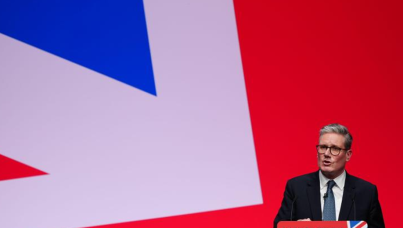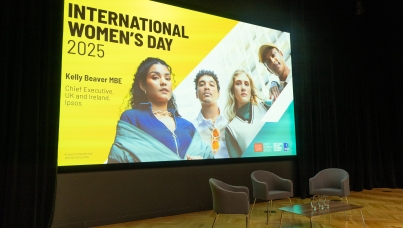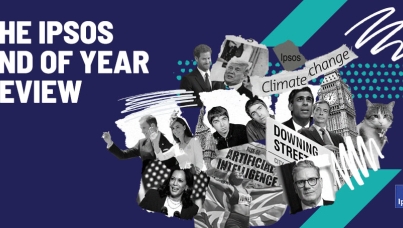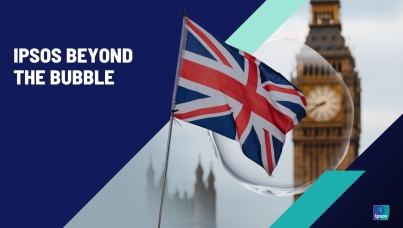How are the public likely to receive the government’s plans for improving access to primary care?
Last week the government announced its plan to improve access to primary care, focussing on a set of interventions to tackle the growing pressure on GPs. Central to this is a continued expansion of the role of community pharmacists; it is proposed that pharmacists will soon be able to give out prescription medicines (including antibiotics) for common minor illnesses like earaches, urinary tract infections, and sore throats, as well as distribute oral contraception to patients without GPs’ sign-off. This is accompanied by proposed improvements to GP booking systems to ease the ‘8am rush’ for appointments, and the introduction of self-referrals for some services (e.g. physiotherapists) without the need for a prior GP appointment.
We know that pressures on GPs have been a growing concern for the public; in our polling for the Health Foundation last year, around three-quarters of the public (73%) reported concern about the level of pressure that GP practices are facing1. Availability of appointments and lengthy waiting times are central to their concerns2. This is also reflected in experiences of GP services, which the GP Patient Survey shows are becoming less positive. In 2022, the proportion of patients reporting a good overall experience of the GP practice decreased to its lowest level for five years (72.4%) – a 10.6 percentage point decrease compared with the 2021 survey (83.0%)3.
But what do we know about how these new measures will be received by the public? Our research shows time and time again, the high levels of frustration people feel while trying to book an appointment with their GP practice. The GP Patient Survey shows large declines in satisfaction with access to primary care recently – in 2022, 52.7% found it easy to get through to someone on the phone at their GP practice (vs. 67.6% in 2021). This result is at its lowest for the ten-year period we can measure (80.8% in 2012). These frustrations can lead to people avoiding contacting their GP practice. In the GP Patient Survey in 2022, 26.5% said that they avoided making an appointment because it was too difficult, compared with 11.1% in 2021. Policies targeted at making the processes for booking appointments easier for patients are therefore likely going to be well received – albeit that the availability of appointments will be more important for them (and a harder issue to solve).
In terms of the expanded role of community pharmacists, our survey last year of public attitudes towards community pharmacy in England4 showed that pharmacy users are currently satisfied with pharmacy services, and there is a good degree of trust in the advice provided by them. The public identify pharmacies as the organisations they would be most likely to go to if they needed information and advice on medicines (68%) or information and advice on a minor condition such as a sore throat or earache (54%).
There is also some public appetite for using community pharmacies for some functions that would traditionally be seen as the domain of GP practices. For example, 90% would be comfortable being referred to a pharmacist (by a GP or receptionist) to discuss a minor illness such as an earache; 85% would be comfortable being referred to a pharmacist to discuss smoking cessation; and 75% would be comfortable being supported by a pharmacist to lose weight.
The same survey suggests confidence in pharmacists prescribing medications. Whilst this refers to a different service to the one announced in last week’s plan, it does shed light on how the public may respond to this new service. Over three-quarters (77%) say they would be comfortable with a pharmacist prescribing them medicines that have been prescribed previously for them – though this drops to 56% if it is a new medicine. However, prescribing is not something the public immediately identify as being part of a pharmacist’s role (just over a third, 36%, feel prescribing medicines should be part of a community pharmacist’s role).
This suggests there is already a good level of comfort – and confidence – in seeking care from a community pharmacist for certain matters. There are some areas where there is less confidence, and engaging and communicating with the public about these changes will be important in ensuring these policies achieve their aims. What we don’t know yet is whether there is a gap in what the public say, and what they will do; we often hear qualitatively from the public that they value the reassurance a consultation with a GP provides (e.g. ruling out something more sinister) – this may be just one of the barriers to uptake. Time will therefore tell as to whether this move will extend to the public freely taking up the new services offered by pharmacists. However, the data shows that these policies are starting from a strong position from the public perspective; they are open to using their pharmacies in new ways and are keen to see improvements to the processes for booking GP appointments.
1 Public perceptions of health and social care (May–June 2022) - The Health Foundation
2 44% say the biggest challenge facing their local GP practice is waiting times; 43% say it is too hard to book an appointment. Public perceptions of health and social care (November 2022) - The Health Foundation
3 GPPS_2022_National_report_PUBLIC.pdf
4 Public Perceptions of Community Pharmacy | Ipsos

